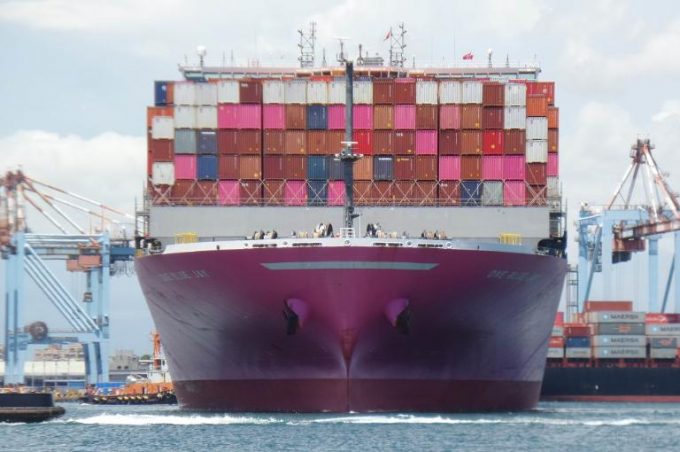FMC demands more info from Premier Alliance to assess its 'competitive impacts'
The US Federal Maritime Commission (FMC) has issued a request for more information from ONE, ...

Soaring demand and booming freight rates on intra-Asia trades is encouraging ocean carriers to launch dedicated services rather than relying on a network of overwhelmed commercial feeders.
In the latest development, THE Alliance members ONE and Yang Ming have teamed up with regional carriers Korea Marine Transport and SITC Container Lines to provide a weekly service between South Korea, central/south China and South-east Asia.
Dubbed the Korea-China-Straits (KCS) service by ONE and Korea-China-South-east Asia Express (KCX) by Yang Ming, each of the ...
Asia-USEC shippers to lose 42% capacity in a surge of blanked sailings
USTR fees will lead to 'complete destabilisation' of container shipping alliances
New USTR port fees threaten shipping and global supply chains, says Cosco
Outlook for container shipping 'more uncertain now than at the onset of Covid'
Transpac container service closures mount
DHL Express suspends non-de minimis B2C parcels to US consumers
Zim ordered to pay Samsung $3.7m for 'wrongful' D&D charges
Flexport lawsuit an 'undifferentiated mass of gibberish', claims Freightmate

Comment on this article